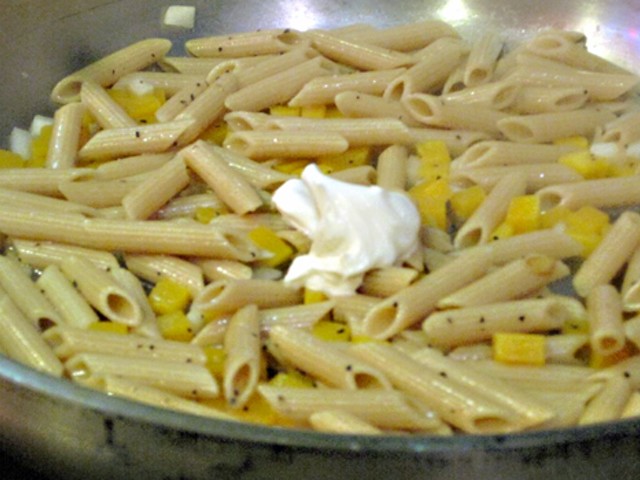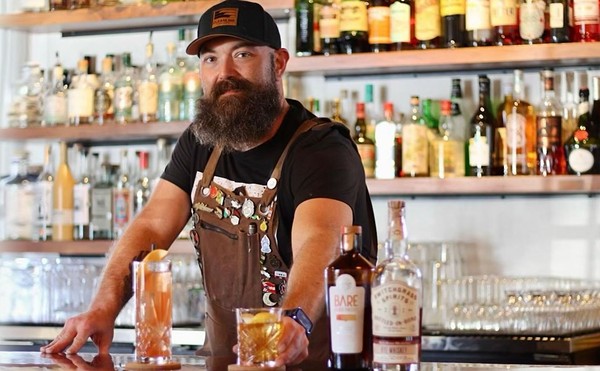In the same Sauce Magazine roundtable that Tom cites for Forgione's comments about portion size, the chef also said the following:
Somebody explained something to me about the St. Louis state of mind for restaurants, and I think it's very accurate. They said that the typical person who goes out all the time has five or six restaurants that they go to. It's just a loop that they make. If you open a new restaurant, they'll break off the loop to go over and check you out. And they might even do it one or two more times. But then you have to provide for them something that one of the other five or six restaurants in the loop doesn't provide...and then one of those restaurants will be dismissed from the loop and you'll join the loop.I believe this is mostly true, and I think two things happened that knocked An American Place out of the "loop" of more than a few St. Louis diners. Both occurred in 2008.
The most obvious event was the economic collapse that began in earnest in the fall of that year. It didn't kill fine dining, by any means, but it helped accelerate a trend both nationally and locally toward a more casual approach to upscale dining.
Consider that, in the past year, Gerard Craft (before he announced wholesale changes to his restaurants) moved Niche back to its "bistronomy" roots, while Monarch converted its bar and bistro area into a more laid-back "Southern bistro." The RFT's pick for "Best New Restaurant" this year was Farmhaus, a terrific restaurant with very few "upscale" pretensions. Heck, even Tony's softened its dress code.
An American Place never seemed to adapt to this new reality. Or if it did, it never made much noise about it.
More crucial, though, was the departure in 2008 of executive chef Josh Galliano from An American Place to Monarch. It's a credit to Galliano's immense talent that after he rose to the position of chef de cuisine at An American Place, for myself and others the restaurant became as synonymous with him as with Forgione.
(This is no knock on Forgione, by the way. Quite the opposite. This is the nature of restaurants opened by big-name chefs. Eventually, they step back and focus on other ventures. The smart ones -- like Forgione -- know hot to spot the talent who will maintain the standards they set.)
For the diners who associated An American Place with Galliano, his move to Monarch was a reason to drop An American Place form their "loops."
These are just theories, though. Every restaurant has a natural lifespan, and it''s possible that An American Place simply reached the end of its. It helped raise the bar for fine dining in St. Louis, and it introduced us to some remarkable culinary talents. For that, I think, we should all be grateful to Larry Forgione.





